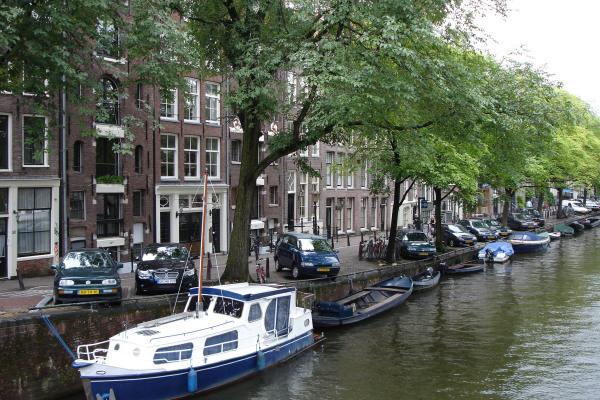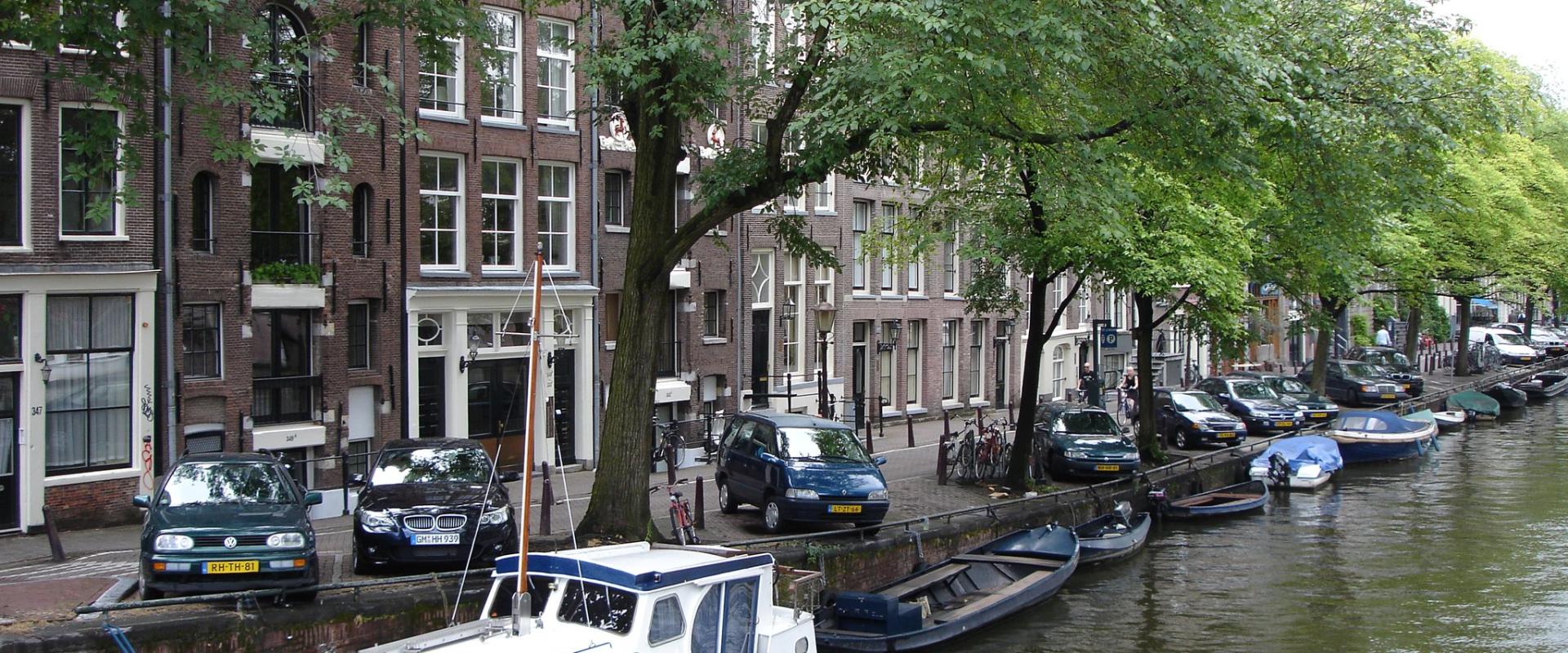Wilhelminabrug and St. Servaasbrug Bridges
Wilhelminabrug: 1930s steel bridge over the Maas St. Se...
The Wilhelminabrug and St. Servaasbrug are two of Maastricht’s most iconic bridges, each offering a unique perspective on the city’s history and daily life along the River Maas.
The St. Servaasbrug, named after Maastricht’s first bishop, is a striking seven-arch stone bridge that has connected the city’s two banks since the late 13th century. Built between 1280 and 1298, it is one of the oldest bridges in the Netherlands, replacing an earlier Roman wooden crossing. The bridge’s limestone arches and robust piers are complemented by a modern steel drawbridge at its eastern end, allowing for both pedestrian and cyclist access. Strolling across the St. Servaasbrug, you can admire views of the historic city center and the lively Wyck district, with the river’s currents flowing beneath your feet.
A short walk downstream brings you to the Wilhelminabrug, constructed in the early 1930s. This bridge provides a more modern contrast with its clean lines and functional design. It is a popular starting point for walking tours, offering panoramic views of Maastricht’s skyline and the bustling riverfront. Both bridges are free to access and open at all hours, making them ideal for a leisurely stroll, a cycling route, or simply pausing to watch boats and city life drift by. Together, they reflect Maastricht’s blend of medieval heritage and contemporary urban energy.
Categories

More photos coming soon
Nearby Attractions
Other places to visit in Maastricht
Quick Facts
Best Time to Visit
May to September offers mild weather, lively festivals, and ideal conditions for exploring Maastricht’s old town, caves, and riverside attractions.











